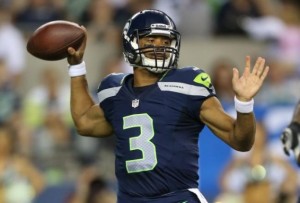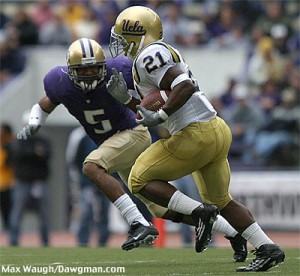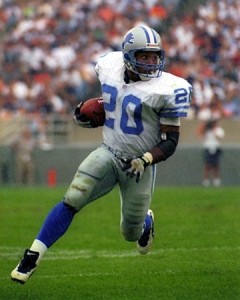Last year, Cam Newton and Andy Dalton were opening day starters, and their success (along with the success of Joe Flacco and Matt Ryan) have undoubtedly made teams become more willing to start rookie quarterbacks. In fact, the youth movement goes beyond just this year’s class: in addition to Newton and Dalton, Jake Locker, Christian Ponder, and Blaine Gabbert will be second-year quarterbacks starting in week one this season. That’s another record, breaking the seven such quarterbacks in 2000. Remember 1999, the Year of the Quarterback in the NFL Draft? Tim Couch, Donovan McNabb, Akili Smith, Cade McNown, and Daunte Culpepper were all high first-round draft picks, and all were sophomore starters in 2000. Shaun King, fresh off a strong late-season run for Tampa Bay, joined the group in week 1 of the 2000, as did Jeff Garcia in San Francisco.
What’s the explanation? Luck, Griffin, and Newton were uber elite talents who were too good to sit. Wilson legitimately won the Seahawks job in training camp and preseason, a rare event in any era for a rookie quarterback. But the rest of the group — Weeden, Tannehill, Dalton, Gabbert, Ponder, and Locker — seem to signal a shift in NFL philosophy. The table below lists all quarterbacks drafted in the top 40 — but not in the top 5 — since 1970, and the first year in their career when they started for their team in week one:
[continue reading…]




